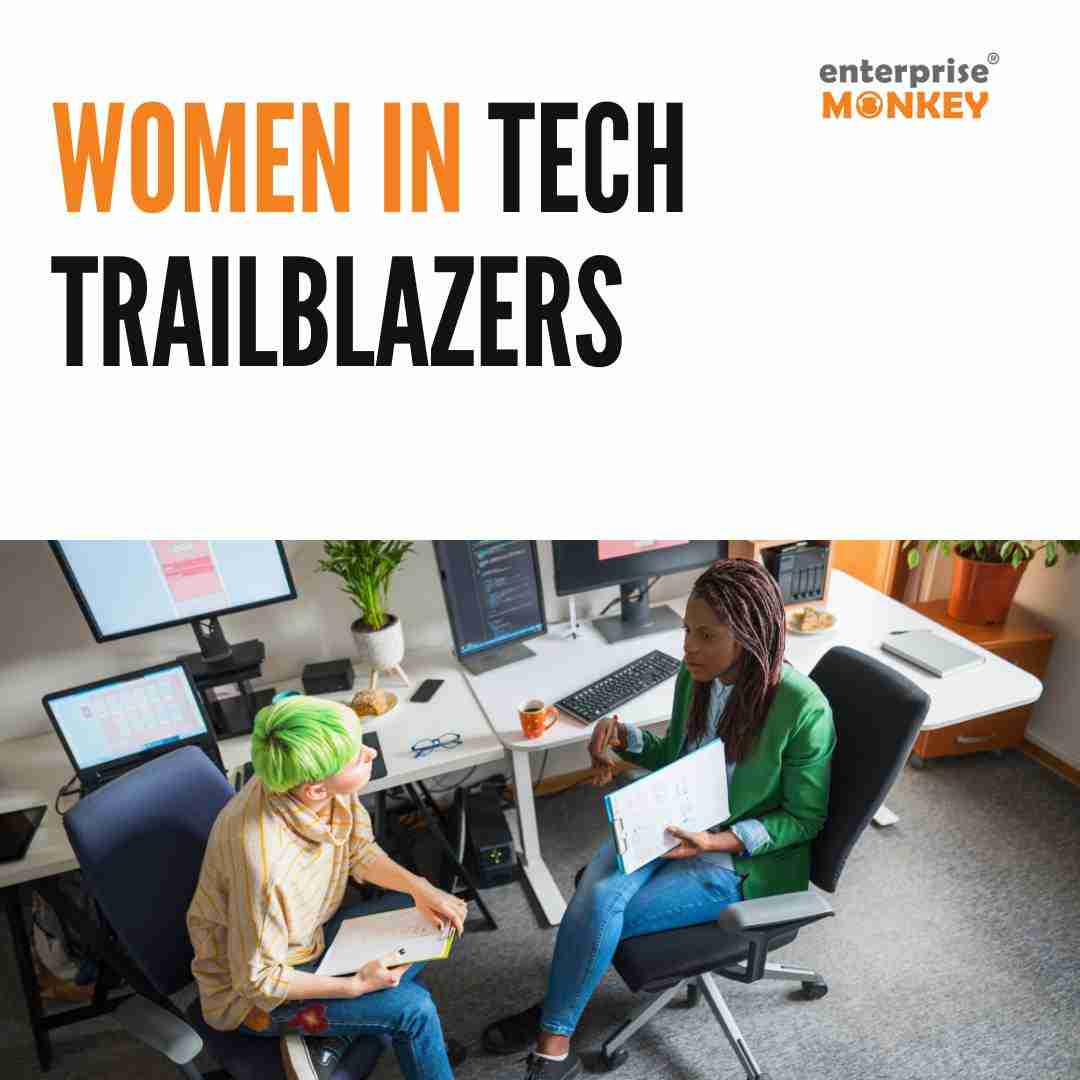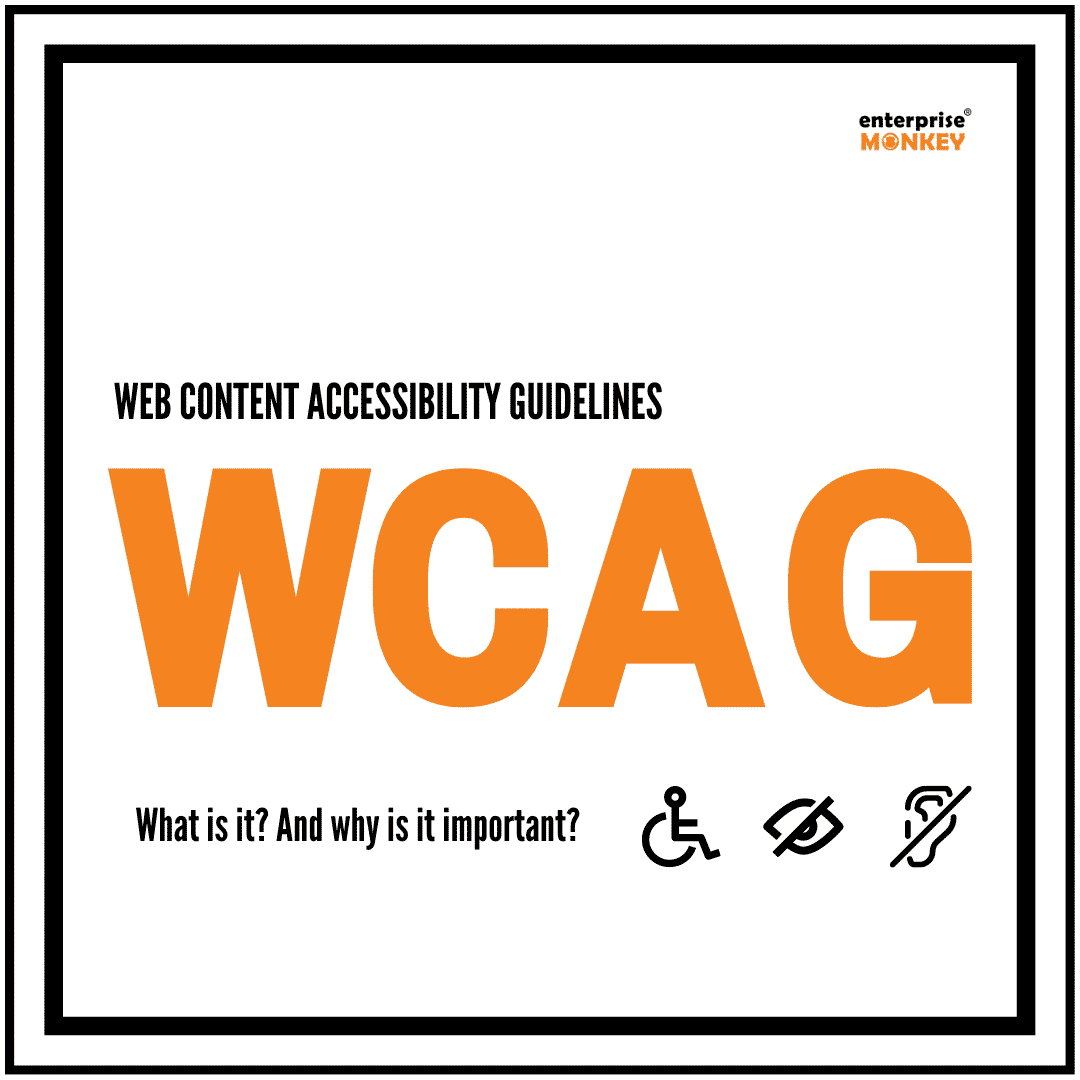For several years, headless CMS has been a growing trend – and popular terminology – in digital content management. CMS stands for the content management system. This article discusses the concept of the headless CMS, its features, and the types of companies that are turning headless. It also demonstrates how the digital content catastrophe has pushed the shift from the traditional content management systems towards more modern headless solutions.
What is headless CMS?
A Headless CMS is a content management system that sends content as data to any system or application through API, rather than being firmly connected to a single mobile application or website. In reality, this implies that teams can utilize a single content repository, or CMS to send content from a single source to an endless amount of frontend systems through API, such as websites, mobile applications, Televisions, and so on.
The word headless originates from the idea of cutting the head (Ex: the website) of the body (the back end). Headless CMS’s main objective is to store and deliver structured content while permitting content creators to collaborate on new content.. Sanity.io, Directus, Bloomreach, Magnolia, Netlify are few popular headless CMS.
What are the differences between Traditional CMS and Headless CMS?
A traditional CMS, as compared to a headless CMS, is software that you either install and maintain yourself or that is hosted on a managed server. Traditional content management systems are frequently referred to as monolithic since they combine all of the features and assumptions about how you wish to work into a single system. They only have one context for showing material, usually a web page. Traditional CMSes often feature a “What You See Is What You Get” content editing interface.
Traditionally, a CMS is a piece of software used to manage content across multiple websites; one popular approach is WordPress, which we’ll use as an example to demonstrate the distinctions. They offer graphical user interfaces (GUIs) that allow content creators to easily write content and publish it to customized “templates” while selecting from an infinite number of themes and plugins. The developed material is saved in a database and displayed to the end-user or reader depending on this pre-defined template.
On the other hand, A Headless CMS stores all of the content that teams must provide for all digital entities that are maintained as structured content inside the CMS. Development teams can access this content through API and send it to any digital frontend from a single source, all while working with new and chosen technologies. The ROI of this process leads to better scalable architecture.

| Traditional CMS | Headless CMS | |
| Platform independence | – | Available |
| Replaceable technology stack | – | Available |
| Omnichannel support | – | Available |
| API first approach | – | Available |
| Plugin apocalypse | Available | – |
| Localization | Available | Available |
| Code Maintainability | – | Available |
What is decoupled CMS?
The fact that the backend and frontend are distinct is what distinguishes a decoupled CMS. A traditional CMS often integrates both back-end and front-end operations, whereas a decoupled CMS separates them. The processes of creating and delivering content are separated.
A decoupled CMS, on the other hand, makes no assumptions about the project. Instead, it provides templates and tools to support in creating what is needed. A headless CMS has no control over how content is displayed, whereas a decoupled CMS does. It prepares content for presentation and dispatches it to your application’s designated delivery environment. This is a major distinction between decoupled and headless CMSes.
Simply said, a decoupled CMS may perform all of the functions of a headless CMS while also taking into consideration the presentation layer. Companies that choose decoupled CMSs desire the freedom of a distinct frontend and backend, but they still want publishing functionality. Decoupled CMSes also assist the website to be future-proof. Developers can re-design the site entirely without having to re-install the CMS.
How does headless CMS work?
A headless CMS operates by providing editors with a content management interface. It provides developers with APIs to query and build apps with that content. The majority of headless CMSs are supplied as Software as a Service (SaaS), which enables your editors to log into a web service. It also implies the APIs will be stored in the cloud rather than on your host. Some headless CMSs let you run the whole thing on your server.
The following are some of the most important features and components of a headless CMS:
- RESTful API
- Multi-channel publishing
- Editor interface
- Workflows
- Roles and permissions
- Content modeling
- Asset library
- Content types and taxonomy
- Localization
- Visitor segmentation
- Personalization
What are the advantages of a Headless CMS?
A typical headless content management system has its advantages because it is more publishing-oriented than traditional CMS
- Content on multiple channels: The content of the headless CMS is not confined to a single presentation channel instead, users may manage the same information across various channels such as websites, applications, and wearables.
- Flexibility: Content makers and developers may collaborate simultaneously since headless content is provided via APIs. Developers may use any frontend tools they choose and switch between frameworks as needed.
- Improved scaling: Headless CMS allows modification from a single source, although CMS and frontend might utilize distinct technological stacks.
- Faster editing: In contrast to traditional CMS, which requires resources for content editing and rendering, headless CMS does not require rendering because it offers your content through an API.
- System security: As it is segregated from the frontend, headless content is less vulnerable to assault.
What are the disadvantages of a Headless CMS?
When compared to traditional CMS, headless content management systems have a few drawbacks.
- Challenges in formatting: To manage various systems, a team utilizing a headless CMS will need to vastly expand their knowledge.
- No channel-specific assistance: Developers may be forced to construct their website navigation and other functionality because headless CMS lacks a presentation frontend.
- Multiple content organization: Content editors may need to adhere to the unique content layout on the website or other media since these platforms do not provide features like sitemaps and pages.
- Maintenance and development costs: Since a headless CMS lacks a frontend, it would require a development team to dedicate hours to creating one, which might be costly and time-consuming.
Conclusion
When determining whether to utilize a headless or standard CMS, consider whether you want a non-technical individual to manage the entire appearance of the website or if you’d rather design a more sophisticated user experience with the assistance of expert front-end developers.
A headless CMS is a good choice for bigger projects that prioritize unique user experiences with diverse digital platforms and additional complex features. However, if you’re only focusing on a small commercial website or a personal blog with a few pages, a traditional CMS is more effective.












